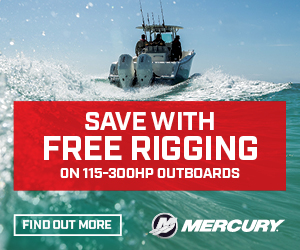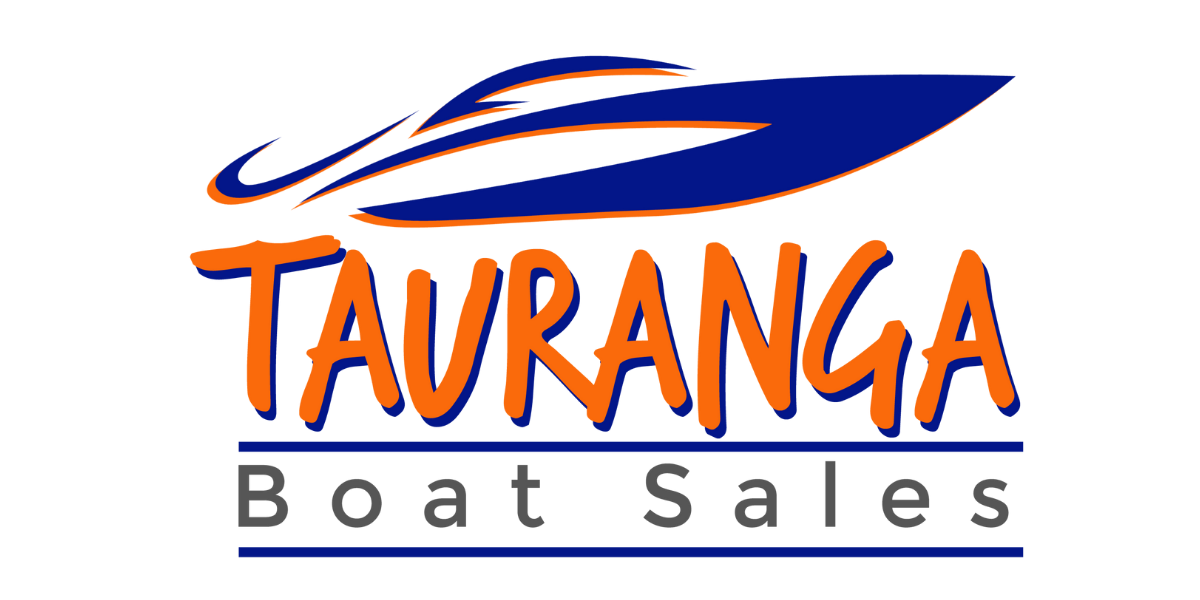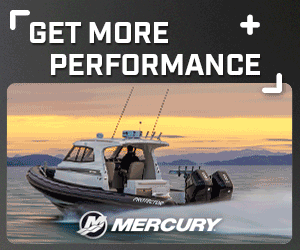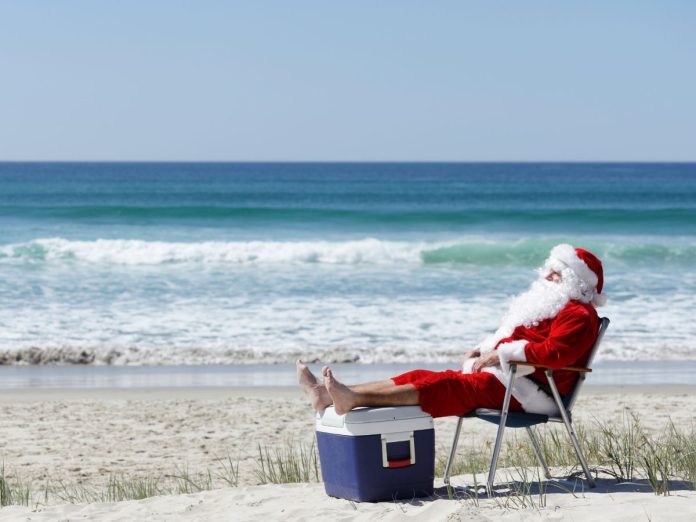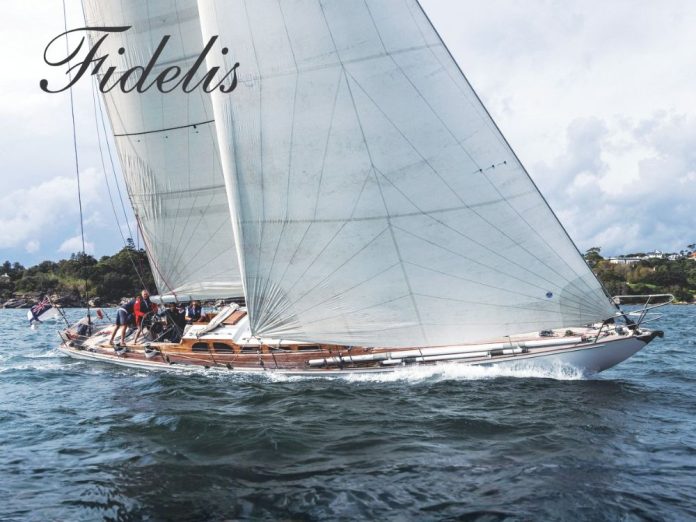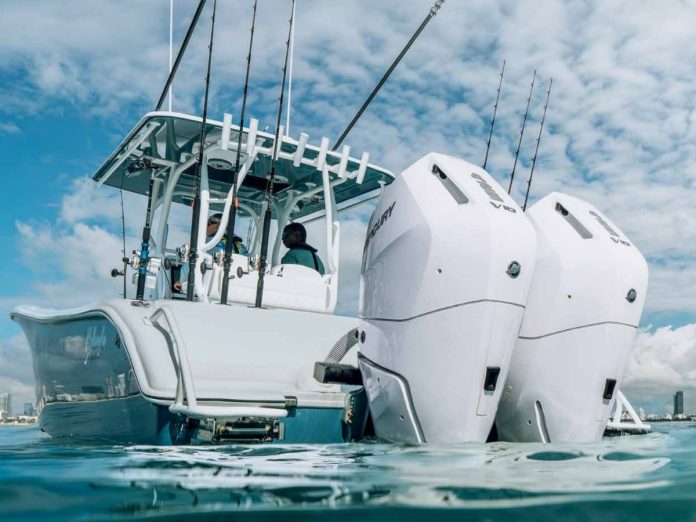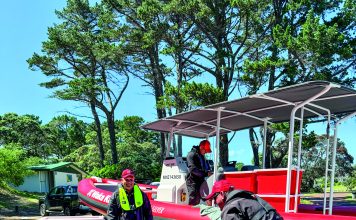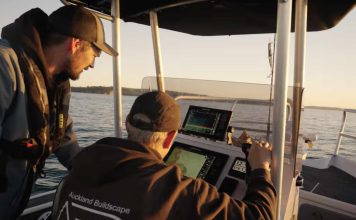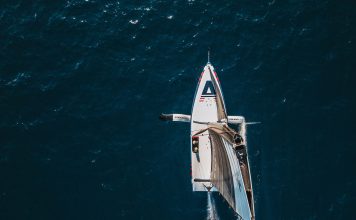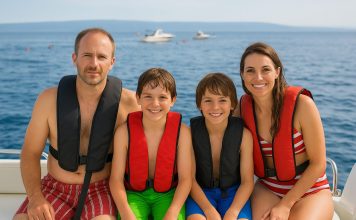For cruising sailors like us, our dinghies are what cars are to landlubbers. Sometimes we take them out for a pleasure ride, but usually they’re a means to transport ourselves and our stuff from A to B, writes Birgit Hackl.
There’s an amazing range of different designs on the market and each of them has advantages and disadvantages, usually both, though they are not always balanced out. Trying to find the dinghy tender that fits your needs and – more importantly your boat – isn’t easy.

What follows is a brief overview of different types and their respective pros and cons. Hopefully it will help you find a rigid or flexible partner for a happy, lasting relationship.
1. The minimalistic solution
Some of the most purist cruisers, or those with tiny sailboats, make do with a surfboard or kayak as their main means of transport ashore. Such vehicles don’t take up much space, provide a valuable addition to the daily workout and can even be used to carry small shopping bags and well-behaved dogs. The fun factor gets reduced in rough conditions, cold weather and whenever larger goods need to be moved. I wouldn’t risk dropping a case of beer into the ocean!
2. Foldable and flexible
Hypalon or PVC dinghies with an inflatable keel are great if your boat lacks space, as they can be rolled up small and stored in a corner on deck or below deck during passages. On the water, they have a certain ‘wobbly’ feel about them once you step in – unless they come with rigid floorboards (it’s fairly easy to retro-fit a floor into most designs).
They must be treated with more care than other dinghies though – hitting coral or leaving them to chafe on a rocky shore is a no-go and they easily succumb to leaks caused by collisions, chafing, material fatigue or faulty glue seams. Upside: once you’ve found the hole, repairing such leaks is fairly easy using the right gear and proper glue.

3. RIBs
This is the most popular family of cruisers’ ‘cars’. They combine the stability of a hard bottom with the safety and comfort of an inflatable dinghy. Fitted with the right outboard, they plane quickly and efficiently and smaller designs can be deflated and stored on deck during passages. Bigger ones are often seen dangling off davits in anchorages and sometimes on passages. Deluxe versions even come with a helm station.
Downside: their pontoons are just as prone to leaks as their foldable colleagues.
4. Rigid dinghies
Rigid dinghies feature different materials, including wood, fibreglass, PVC and aluminum. They come in numerous designs and many cruisers build one themselves to perfectly fit their needs (e.g. designed to fit snugly on a certain spot on deck or on top of the doghouse, either in one piece or taken apart). Small examples feel rather unstable when you step into them and may sink if overloaded in rough conditions. Their main advantage is that they are much more suitable to be rowed than inflatable or semi-rigid dinghies. Rigid dinghies are relatively narrow, and many have a keel, so when rowed they are more efficient and hold their course much better than RIBs. Big, modern designs plane well and are perfect for transporting bulky goods (like dive bottles or large dogs with sharp claws), but they are heavier and take more effort to row.

5. Sailing dinghies
Buzzing across an anchorage with a big outboard is, of course, the fastest, most direct way to get from A to B. Rowing’s an environmentally friendly alternative and a good workout as well, but the most elegant and fitting way to propel the dink of a sailboat is certainly with sails! Tacking up to the dinghy dock, you may arrive slightly late for happy hour, but you’ll arrive in style… An auxiliary engine deducts some of that style but adds safety and utility to the vessel.
Classic wooden designs are the prettiest, but not so easy to store on the average cruising boat during a passage. Some inventive cruisers just add a mast and sails to their rowing dinghy and we’ve even seen a RIB sailing by with a folding mast (mast-step glued to the floor) and daggerboards attached to the tubes.
6. Flying dinghies
I’m not kidding. Okay, it only happened once, but we witnessed a dinghy elegantly flying over our boat, with two people in it. Yes, we were having sundowners, but no, we were not drunk (yet) and we have photos to prove it!
Some inventive cruisers combined an ultra-light plane and a RIB and coined it a ‘flinghy’! I like to think that it features an additional mast-step for a sail and wheels to land it ashore. The coolest, most versatile of all dinks. Ever.









